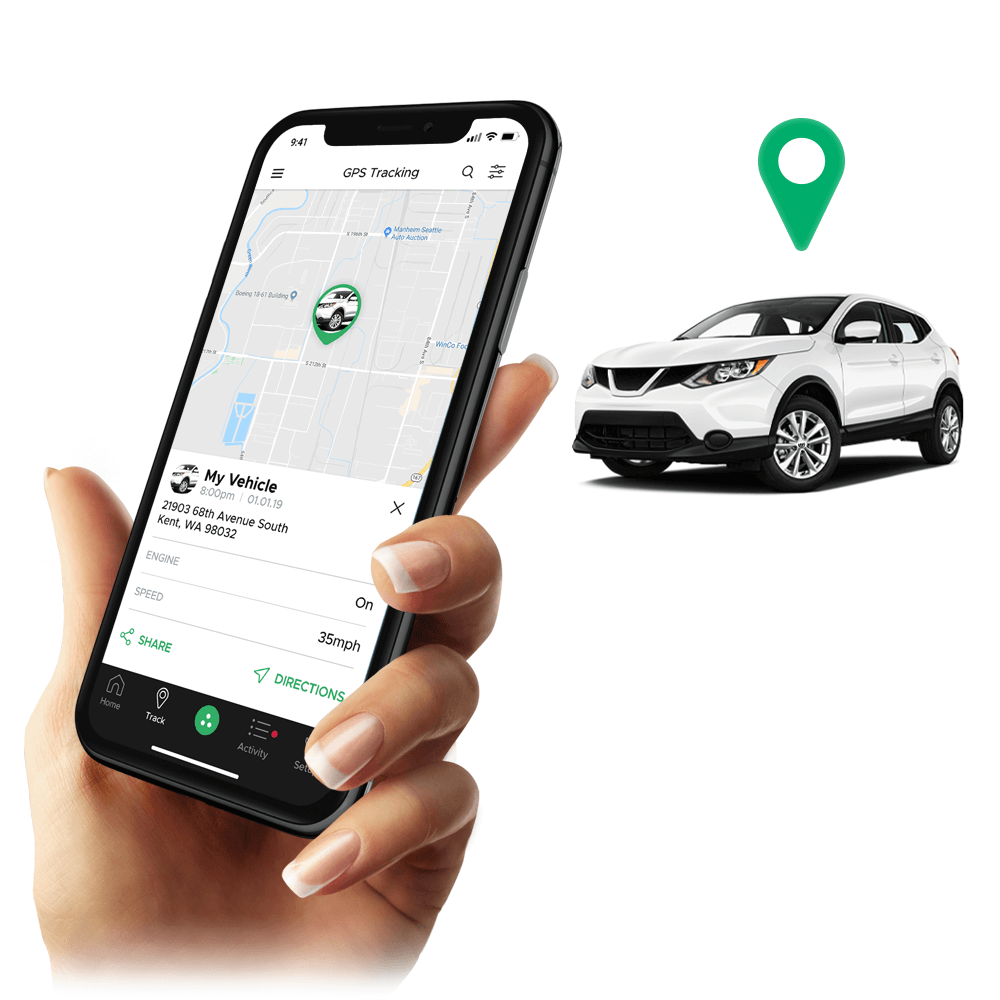How GPS Tracking Boosts Automobile Safety and Surveillance
How GPS Tracking Boosts Automobile Safety and Surveillance
Blog Article
Taking Full Advantage Of Efficiency With GPS Tracking: Approaches for Fleet Monitoring and Property Tracking
In the realm of fleet management and property monitoring, the application of general practitioner tracking systems has ended up being a cornerstone for enhancing functional performance and efficiency. By using the power of real-time data, organizations can enhance their logistics, enhance paths, and enhance general fleet efficiency. However, the real potential lies not just in the application of these modern technologies but additionally in the critical utilization of the insights they supply. From boosting driver security to making notified decisions based upon thorough data analytics, the chances are vast. As we check out the different strategies and methods to take full advantage of effectiveness with general practitioner tracking, a world of possibilities opens up to redefine exactly how organizations handle their fleets and check their possessions.
Applying Real-Time Monitoring Solutions
To make the most of operational performance, firms can implement real-time monitoring systems that provide instant place data for their assets. By utilizing GPS modern technology, companies can get real-time insights right into the location of their automobiles, tools, and other beneficial sources. This degree of visibility enables companies to enhance operations, improve performance, and enhance total performance.
Real-time tracking systems offer countless advantages for business throughout numerous sectors. With the capacity to keep track of possessions constantly, companies can optimize routing, schedule maintenance a lot more properly, and lower the danger of burglary or loss. In addition, these systems make it possible for businesses to respond promptly to any unexpected events or disruptions, guaranteeing marginal downtime and optimum efficiency.
Executing real-time tracking systems calls for cautious planning and factor to consider of details organization demands. Firms have to select the appropriate modern technology provider, personalize the system to fulfill their requirements, and provide appropriate training to staff members. By purchasing real-time tracking options, services can stay in advance of the competition, deliver superior customer service, and achieve lasting development in today's busy market setting.
Optimizing Path Preparation and Organizing

One trick technique for optimizing course planning is to make use of historic information and real-time details to recognize one of the most effective paths for cars. By assessing previous courses and taking into consideration factors such as traffic patterns and delivery home windows, companies can produce routines that reduce unnecessary stops and delays. Furthermore, implementing vibrant routing capacities permits changes to be made in real-time based upon transforming conditions, making certain that drivers always take the most efficient path to their destination.
Enhancing Vehicle Driver Performance and Safety
Enhancing driver efficiency and security is critical in guaranteeing the protected and smooth operation of a fleet. By making use of general practitioner tracking innovation, fleet managers can keep track of chauffeur actions in real-time and offer prompt comments to promote secure driving techniques. This includes surveillance rate restrictions, extreme braking, acceleration patterns, and adherence to traffic regulations.
Moreover, general practitioner radar can aid in recognizing motorists who may need added training or support to improve their efficiency (gps tracking). By analyzing data on driving patterns and behaviors, fleet managers can apply targeted training programs to attend to specific areas of renovation. This positive strategy not only improves total motorist efficiency yet likewise adds to a more secure job environment for every person entailed
Along with performance tracking, GPS monitoring systems can likewise enhance driver safety by giving emergency support features. In the occasion of a mishap or break down, drivers can quickly send distress signals, permitting fleet supervisors to respond quickly and dispatch aid when required. In general, integrating GPS tracking modern technology into fleet administration strategies is essential for optimizing vehicle driver efficiency and guaranteeing the safety of both properties and motorists.

Utilizing Geofencing for Improved Protection
Taking full advantage of fleet protection goes past checking vehicle driver efficiency and safety; one effective technique is via the strategic use geofencing technology. Geofencing enables fleet supervisors to establish online limits or geozones around details areas, allowing them to get real-time notifies when automobiles get in or exit these assigned areas. By establishing geofences around high-risk locations such as construction sites, unapproved locations, and even customer areas, fleet supervisors can boost safety actions and minimize possible risks.
Geofencing not just improves protection yet likewise allows quick reaction times in case of unapproved lorry usage or theft. In the occasion of a breach, notifies can be sent to fleet managers, enabling them to take immediate activity to locate and recuperate the car. In addition, geofencing can assist in keeping track of car motion during off-hours, ensuring that vehicles are not being made use of for unauthorized objectives.
Integrating GPS Information for Strategic Decision-Making
Using GPS data combination is essential for notified tactical decision-making in fleet monitoring operations. By integrating GPS information right into fleet management systems, organizations can acquire beneficial insights right into their procedures, resulting in a lot more efficient paths, improved chauffeur habits, and far better overall performance. Via the integration of GPS data, fleet supervisors can track car locations in real-time, screen gas consumption, and evaluate this hyperlink driver performance metrics such as speed, idling time, and extreme braking.
Additionally, integrating GPS data enables for the optimization of courses based upon website traffic problems, weather condition i thought about this patterns, and other external aspects, assisting to reduce distribution times and operational prices. By assessing historic GPS data, fleet managers can recognize patterns, patterns, and areas for improvement, allowing them to make data-driven choices that boost productivity and simplify procedures.
Final Thought
To conclude, the execution of general practitioner radar can substantially boost performance in fleet administration and asset tracking. By utilizing real-time tracking, enhancing path preparation, boosting vehicle driver efficiency, using geofencing for safety, and incorporating GPS data for strategic decision-making, companies can achieve and improve procedures cost financial savings (gps tracking). These strategies make it possible for organizations to improve processes, rise productivity, and inevitably optimize the general efficiency of their procedures
In the world of fleet management and asset surveillance, the usage of General practitioner monitoring systems has actually become a keystone for enhancing functional performance and efficiency. As we explore the different strategies and strategies to make best use of efficiency with GPS tracking, a world of opportunities opens up to redefine how companies manage their fleets and check their properties.
By utilizing General practitioner monitoring modern technology, fleet managers can keep an eye on driver behavior in real-time and give instant comments to advertise secure driving techniques. Via the assimilation of GPS information, fleet managers can track lorry places in real-time, monitor gas usage, and examine motorist performance metrics such as rate, idling time, and severe braking.
In final thought, the application of GPS click to investigate monitoring systems can greatly enhance effectiveness in fleet administration and possession tracking.
Report this page